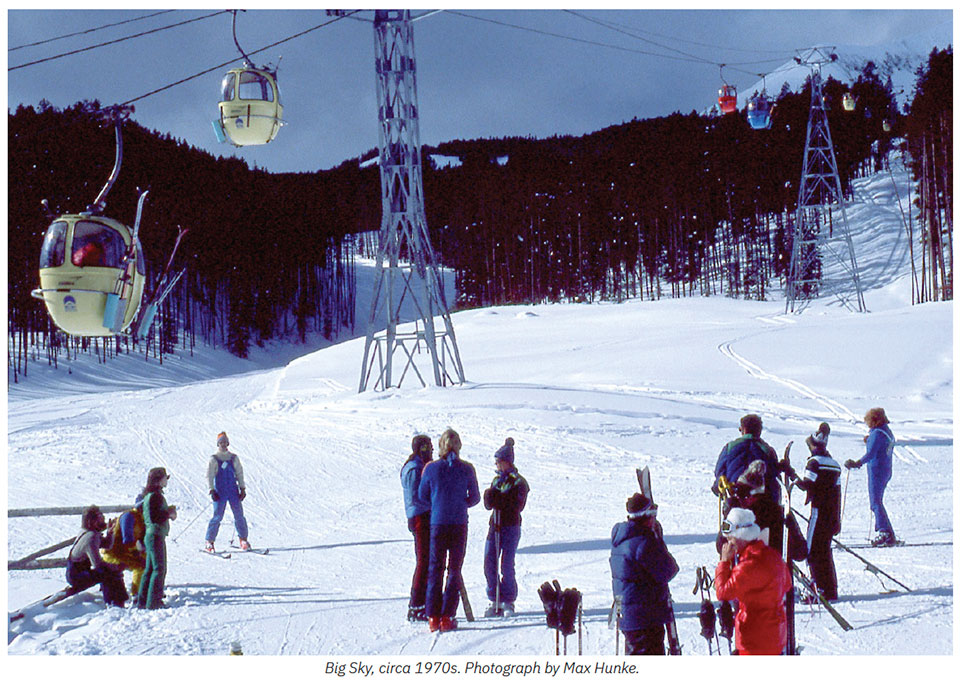Top: Camp at the Gallatin County Fairgrounds during the Bozeman Roundup, circa 1918-1923. | Bottom: Brownell’s threshing crew in the Gallatin Valley, 1927.
Prosperity & Adventure
by Cassidy Mantor
photos courtesy Gallatin History Museum
Long before TIME magazine named Bozeman one of the “World’s Greatest Places” in 2023, Native Americans knew the land as the “Valley of the Flowers.” In July 1806, William Clark of the Lewis & Clark expedition took a side trip. Clark discovered a paradisical place that 30 years later mountain man Jim Bridger explored more fully. Bridger’s route crossed the Big Horn River through what was to become Carbon County, headed northwest through Sweetgrass County, and across Bridger Pass through the Bridger Mountains and followed Bridger Creek – all subsequently named for him – as it descended into the valley.
In 1863, another explorer, John Bozeman, established the Bozeman Trail, a side trail off the Oregon Trail that provided a shortcut through lands given to Native Americans in treaties. Prospectors took the trail to try to find the last of the gold in Bannock and Virginia City. The trail became known as the “Bloody Bozeman” for the frequent conflicts that occurred on it between the U.S. Army and the Sioux who attacked wagon trains illegally crossing their land. More than 3,500 people used the trail to get to town and ultimately the conflicts reached their apex at the Battle of the Little Bighorn, and the massacre known as Custer’s Last Stand.
Pioneers settled in Bozeman and began an agricultural colony where they grew potatoes and wheat for nearby miners. Although Native Americans had traveled the land for centuries, it officially became platted in 1864 by John Bozeman, Daniel Rouse, and William Beall.
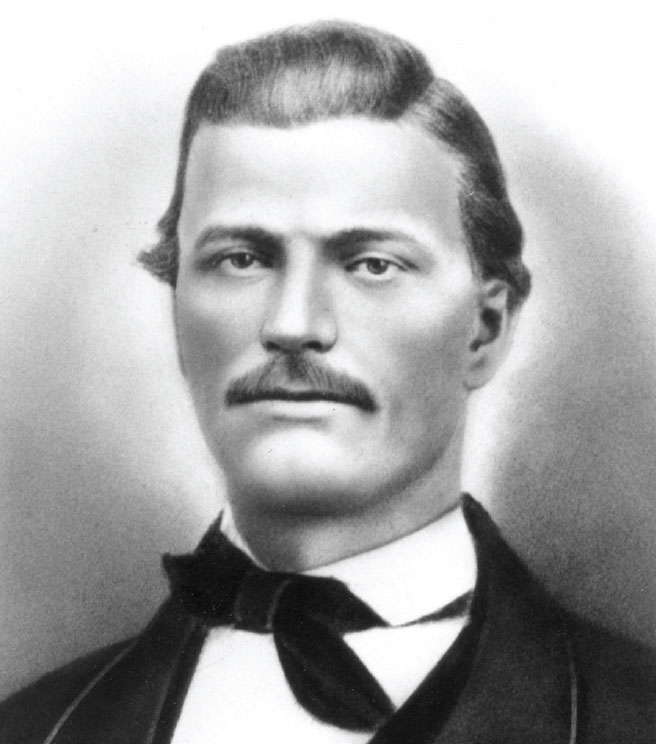
John Bozeman, circa early 1860s.
John Bozeman, established the Bozeman Trail, a shortcut through lands given to Native Americans in treaties. Prospectors took the trail to try to find the last of the gold in Bannock and Virginia City. The trail became known as the “Bloody Bozeman” for the frequent conflicts that occurred on it between the U.S. Army and the Sioux.
Several crude log cabins were built and the town continued to take shape. A hotel was built on the corner of Main Street and Bozeman Ave. for people who wanted to stay in town and live in a more civilized fashion. Three years later in April 1867, John Bozeman’s body was found shot on his way to Fort C. F. Smith. His grave marker says he was killed by Blackfeet, although rumors around town also suggest a competing rancher might have done it.
By the 1870s, Bozeman’s first flour mill north of town was taking power from the nearby East Gallatin River and the town was becoming a burgeoning community of merchants. Despite the growing commerce, Bozeman still only had dirt streets that would turn downtown into a muddy morass in the wet season. Business owners had built their own wooden sidewalks. After a big rain, kids would fish in the gaps in the boards. Brick buildings were built and the frontier settlement began to shift toward an atmosphere of a more permanent town.
In July 1880, architect Byron Vreeland completed the county courthouse – an imposing brick structure on West Main. He also completed a brick saloon two years later and more brick buildings appeared in town. Sledding, horseback races down Main Street, and roller skating were some of the main social activities in town. The skating rink would begin to hold classes for a future college. In the summer, catching a greased pig during the town’s Fourth of July celebrations was a major athletic fete and popular event to attend.
QUALITY OF LIFE
For decades, Bozeman was known as a cattle town with an engineering college. Bozeman’s Montana State University was founded in 1893. Originally called the Agricultural College of the State of Montana, it was renamed the Montana College of Agriculture and Mechanic Arts, or the MAC. The name changed again and in 1965 it became known as Montana State University (MSU). The university offers over 250 undergraduate degrees and 115 graduate ones, and has established an excellent reputation for its architecture, nursing, and engineering programs. MSU consistently ranks as one of the best universities based on value and quality of degree and is Montana’s largest research university.
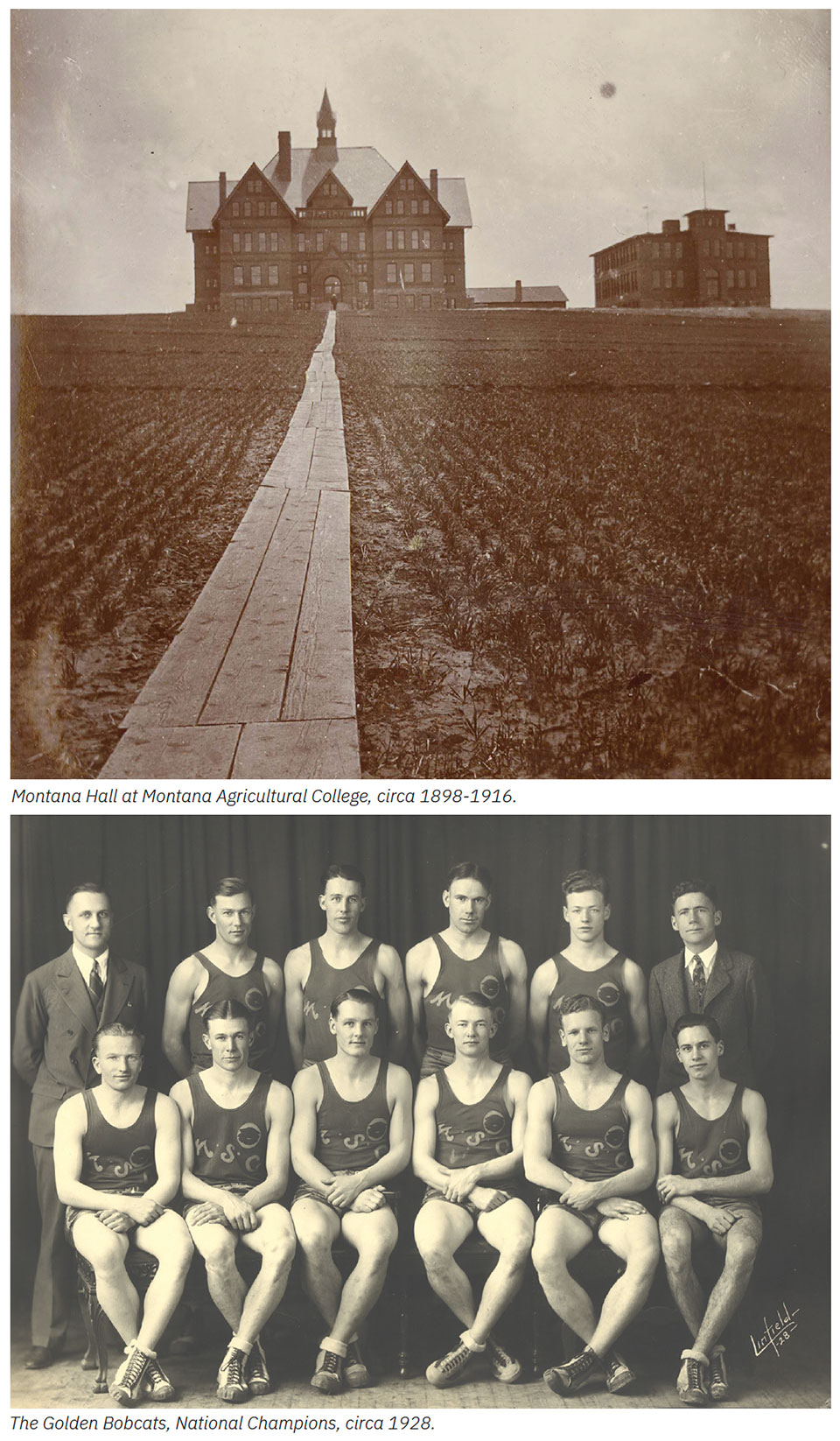
The “Golden Bobcat” basketball team was named National Champions for the 1928-29 season. The team was said to have revolutionized a fast break offense coupled with high-pressure defense, something that no other team had done. Coached by Shubert R. Duche, the Bobcats were voted the top team of the first half of the 20th Century by the Helms Foundation.
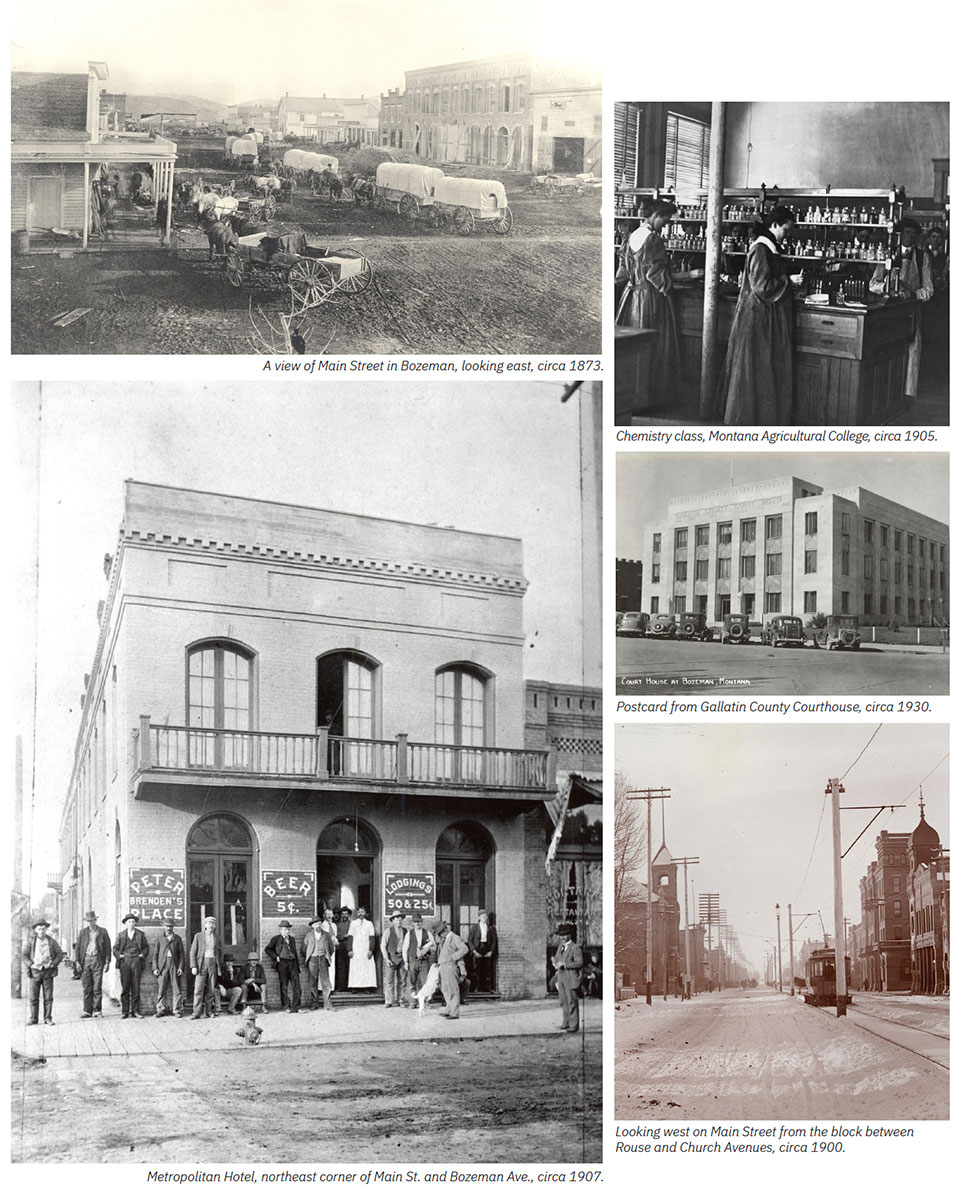
According to the Bridger Ski Foundation, organized skiing in the area dates back to 1935 when the first lift was built in Gallatin Canyon near Karst Camp. The Bozeman Ski Club was founded the following year and held the first race down Moose Creek. Ski jumping was introduced in 1937.
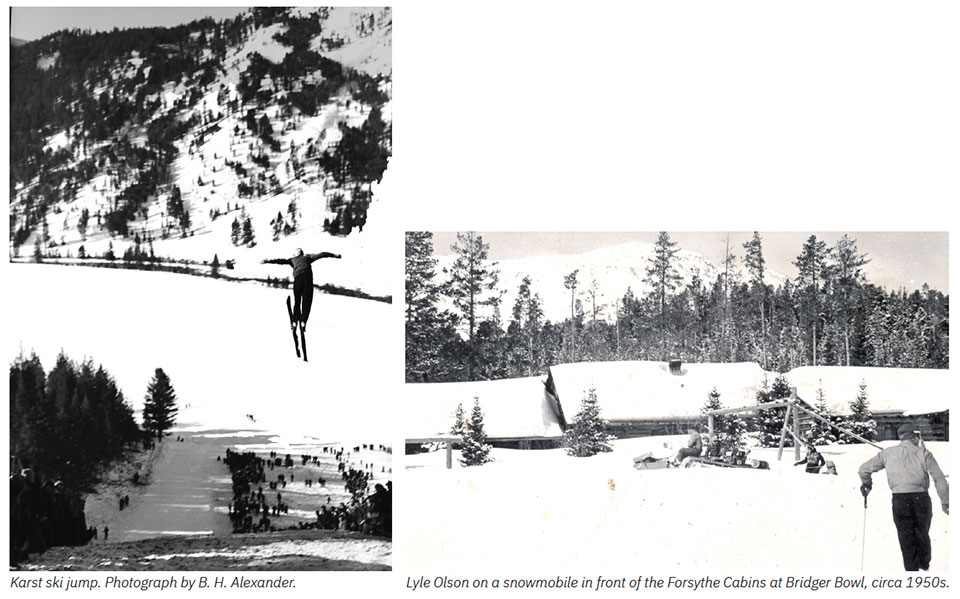
According to the Bridger Ski Foundation, organized skiing in the area dates back to 1935 when the first lift was built in Gallatin Canyon near Karst Camp. The Bozeman Ski Club was founded the following year and held the first race down Moose Creek. Ski jumping was introduced in 1937. Bridger Bowl was a popular place for locals to ski in the mid-‘40s and in 1949, the State of Montana purchased 120 acres in the Gallatin National Forest for a proposed ski resort.
Rope tows and lifts were installed in the ‘50s and the Bridger and Alpine chairs opened in the ‘60s. More lifts were added in the ‘70s and the area continues to be improved and revitalized as demand grows. Down the Gallatin canyon, in 1973, NBC newscaster Chet Huntley opened Big Sky Resort. Adjacent to Big Sky, Moonlight Basin opened for the 2003-04 ski season. The two ski areas combined and today, Big Sky offers over 5,500 skiable acres, the biggest resort in North America. In 1997, Tim Blixeth founded the private luxury ski and golf community, the Yellowstone Club.
Bozeman’s recreation and landscape have always enticed pioneers and those at the frontier of an adventurous life driven by nature. Downtown Bozeman reflects the community’s residents and also the diverse tastes of people visiting the community. Restaurants continue to expand the culinary landscape, from locally-sourced bison to sushi and dim sum, and a thriving retail scene mixes local and national brands down Main Street. Live music, theater, and performances bring world-class bands, film festivals, and cultural events to town, as well as 20 art galleries featuring both local and globally-acclaimed artists, making Bozeman a unique cultural hub with a Western sensibility.
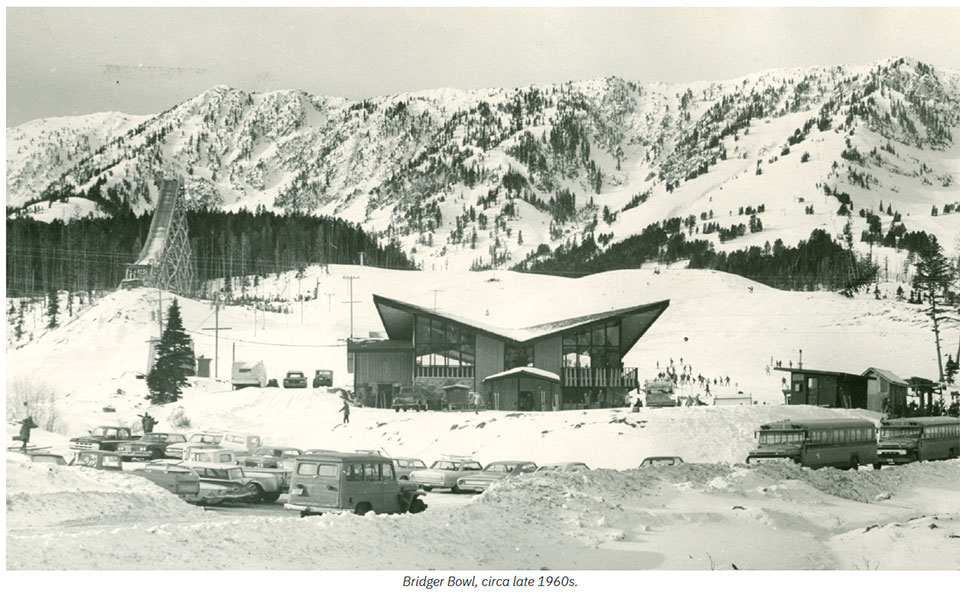
Today, Bozeman’s area population has expanded to over 58,000 residents in the city and 127,000 in Gallatin County. For reference, in 2010, Gallatin County claimed 89,500 residents. One of the fastest-growing counties in Montana, the population is expected to double by 2050. Recreation lovers are drawn to world-class skiing, fishing, hiking, hunting, climbing, rafting, birding, horseback riding, and access points for numerous outdoor activities.
Bozeman originally prospered because the natural environment made the valley suitable for agriculture. Later, it became an attractive place for outdoor recreation lovers. With Montana State University offering solid education and job-focused programs in Gallatin County, a solid healthcare system and school system, and the Museum of the Rockies, Bozeman is a draw for well-educated individuals seeking outdoor adventure and arts steeped in Montana’s traditions. Nature allowed the Native Americans to thrive in the Valley of the Flowers. It continues to attract architects, artists, scientists, engineers, and creatives who are inspired by Bozeman’s natural environment and the culture that has flourished on the land.
